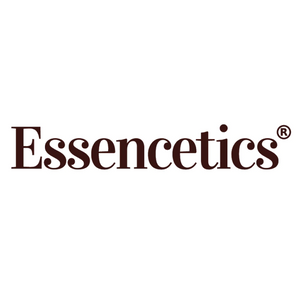Facial massage: features, benefits, instructions

Facial massage is a relaxing and rejuvenating technique that involves gentle manipulation of the facial muscles and skin. It offers various benefits, both in terms of skincare and overall well-being. Here are some features, benefits, and instructions for a basic facial massage:
Features:
-
Gentle Pressure: Facial massages typically involve light and gentle pressure to avoid stretching or damaging the delicate facial skin.
-
Various Techniques: There are different techniques for facial massage, such as effleurage (long, sweeping strokes), petrissage (kneading and lifting), tapping, and lymphatic drainage.
-
Use of Oils: Many people use facial oils or serums during a facial massage to improve glide and deliver additional skincare benefits.
Benefits:
-
Stress Reduction: Facial massages can promote relaxation, reduce stress, and help relieve tension in the face and neck muscles.
-
Improved Blood Circulation: The gentle massage motions can stimulate blood flow, which can lead to a healthier complexion and a natural, healthy glow.
-
Lymphatic Drainage: Facial massages can help drain excess fluids and toxins from the face, reducing puffiness and improving skin tone.
-
Firmer Skin: Regular facial massages can help improve muscle tone and maintain a more youthful appearance by reducing the appearance of fine lines and wrinkles.
-
Product Absorption: Massaging in serums and oils can enhance their absorption, allowing your skin to benefit from the ingredients more effectively.
Instructions for a Basic Facial Massage:
-
Preparation: Start with a clean face and clean hands. Tie your hair back to keep it away from your face.
-
Apply a Facial Oil or Serum: You can use your favorite facial oil or serum to create a smoother glide. Apply a small amount to your fingertips and gently warm it between your hands.
-
Begin with Gentle Strokes: Start with long, upward strokes along your neck, jawline, and cheeks. Use your fingertips or the pads of your fingers and work in the direction of your lymph nodes (towards the ears and down the neck).
-
Kneading Movements: Use your fingertips to perform gentle kneading movements along the jawline and cheeks. This can help improve muscle tone and relax tension.
-
Forehead: Move to your forehead and use your fingertips to perform upward strokes from the eyebrows to the hairline. Repeat this motion across the entire forehead.
-
Eye Area: Be extremely gentle when massaging around the eyes. Use your ring fingers to make small circles around the eyes to help reduce puffiness and improve circulation.
-
Lymphatic Drainage: Use gentle, downward strokes from the sides of the nose towards the chin and along the sides of the face towards the ears. This can help with lymphatic drainage and reduce puffiness.
-
Finish: End the massage with long, sweeping strokes from the center of your forehead down to your chin. This helps to promote relaxation.
-
Cleanse or Rinse: After the massage, you can either cleanse your face again or simply remove any excess oil with a warm, damp cloth.
Remember to be gentle and avoid excessive pressure during a facial massage, as the facial skin is delicate. You can perform this routine daily, a few times a week, or as often as you like to enjoy its relaxing and skincare benefits.


